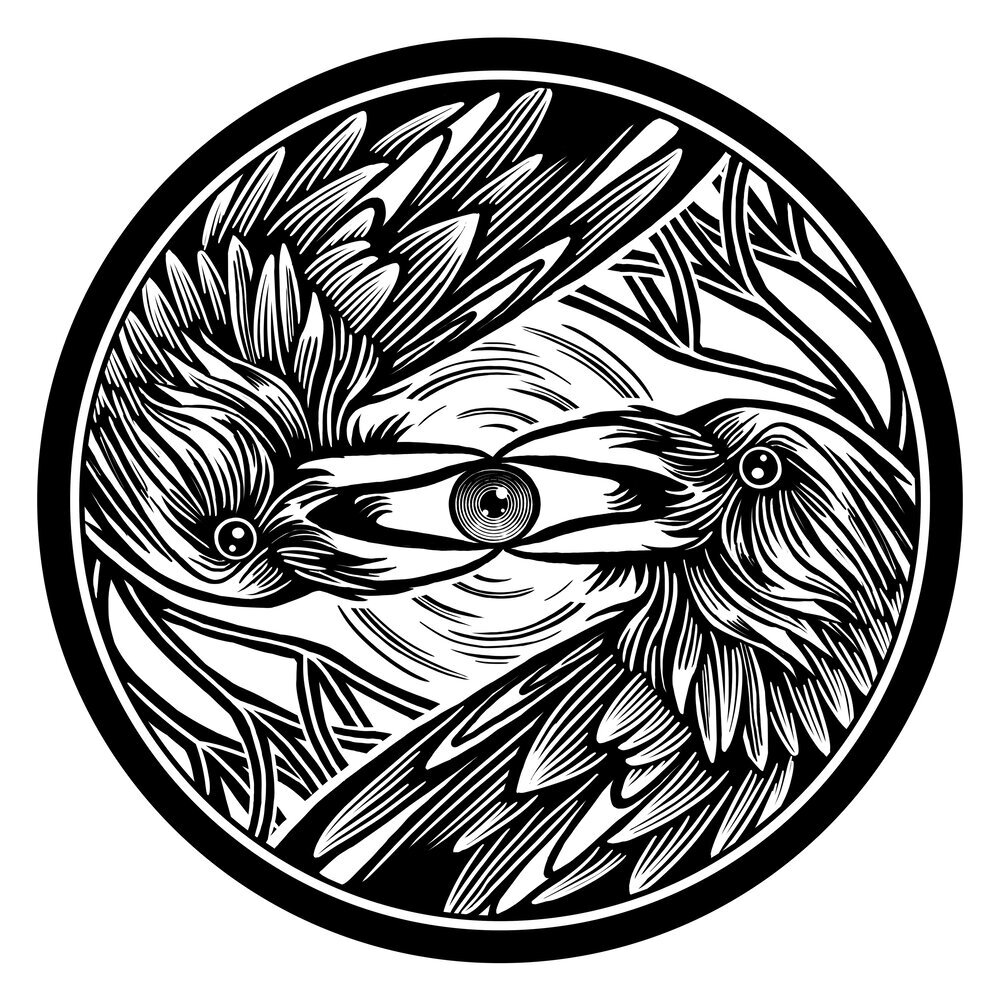Approaching Old Icelandic: A Web Toolkit
Joseph S. Hopkins, Lyonel Perabo, Ann Sheffield, Eirik Storesund, Olav Sverdrup, & Denise Vast
for Mimisbrunnr.info, September 2024
The present toolkit collects together a variety of resources useful for English-speakers who desire to approach Old Icelandic. Old Icelandic, the westernmost extension of the Old Norse dialect continuum, is a well-documented and historically important language.
While it developed out of Proto-Norse (the northernmost extension of Proto-Germanic) somewhere around the 700s and developed into Middle Icelandic in the 1300s, contemporary Icelandic is in many ways quite similar to Old Icelandic (whereas for example Old English are almost totally alien to contemporary speakers of English). This language is especially important to Germanic philologists and medievalists because it is the language in which, for example, eddic and skaldic poetry is recorded, not to mention the various genres of the saga corpus.
It is our goal to make this resource as approachable and useful as possible with a focus on English language resources. If you have any suggestions or corrections, please let us know.
Please note
This resource can be used by anyone and for any reason.
We simply ask that you credit its authors and link back to this URL when you reproduce it.
All databases in this section last accessed September 29, 2024.
Dictionaries
A Concise Dictionary of Old Icelandic (“Zoëga”): Authored by Geirr T. Zoëga’s A Concise Dictionary of Old Icelandic (1910) compiles material from Cleasby-Vigfusson’s Oxford Icelandic-English Dictionary into a more compact form. It is comparable in popularity to Cleasby-Vigfusson and can similarly be found utilized in a variety of internet databases.
Archive.org scan of 1910 edition: https://archive.org/details/concisedictionar001857/mode/2up
Dictionary of Old Norse Prose (“ONP”): The University of Copenhagen’s Dictionary of Old Norse Prose is a key resource for contemporary Old Icelandic research. However, users should be aware that many of its entries are in Danish.
Website: https://onp.ku.dk/
Íslensk orðsifjabók (‘Icelandic dictionary of etymology’): An extremely handy Icelandic etymological dictionary authored by Icelandic philologist Ásgeir Blöndal Magnússon (1909-1987) and digitally presented by the Árni Magnússon Institute for Icelandic Studies. Please note that this resource is entirely in Icelandic.
Website: https://ordsifjabok.arnastofnun.is
Oxford English Dictionary Online (“OED”): The product of generations of linguists, the Oxford English Dictionary (OED) is the gold standard for English language dictionaries. English is a Germanic language and thus contains many cognates with other Germanic languages, including Old Icelandic. Additionally, due to encounters in Anglo-Saxon England with Viking Age Scandinavians, Old Norse had a significant direct impact on Old English. The OED contains many helpful entries on these topics. Unfortunately, many of its most useful features for this purpose are behind a pay wall.
Website: https://www.oed.com/
Oxford Icelandic-English Dictionary (“Cleasby-Vigfusson”): A landmark and extremely influential work when first published in 1874, Richard Cleasby and Guðbrandur Vigfússon’s Old Icelandic dictionary remains one of the most used Old Icelandic language resources in English translation today. It is expansive, approachable, and readily available. Digitized versions of this resource can be found in various places on the internet. A new edition of the Oxford Icelandic-English Dictionary with revisions by scholar William A. Craigie appeared in 1957 but it remains extremely obscure and in our experience even many specialists are unaware it exists. In turn, you will rarely find it in use.
Archive.org scan of 1874 edition: https://archive.org/details/icelandicenglish00clea/page/n1/mode/2up
Archive.org scans of 1957 edition: https://archive.org/details/icelandicenglish0000clea/page/n5/mode/2up
Wiktionary: Wiktionary is the Wikimedia Foundation’s wiki dictionary. It is widely used and can be quite useful but readers should be aware its entries derive from user-generated content and, unlike for example English Wikipedia, Wiktionary entries rarely contain sources. To use the database, search for a word and then scroll down to the Old Icelandic entry.
Databases
…
Other resources
Alaric Magic Sheet, Version 2.0: Alaric Hall is an English scholar best known for his research on the topic of elves, entities from the Germanic folklore record. His Magic Sheet is a very handy resource for students of Old Icelandic.
Website: https://www.alarichall.org.uk (direct link: https://www.alarichall.org.uk/teaching/Alaric's_magic_sheet.pdf )
Early Germanic & Indo-European Resources
Discussion of especially early Old Icelandic topics frequently involves discussion of Proto-Norse and the early Germanic period. In this section, we include a handful of resources useful for digging into the pre-Old Norse period. As an example of the utility of these resources, here’s an example of a quality Wikipedia article called “Proto-Germanic folklore” built from the work of Kroonen, Orel, and other scholars.
Early Germanic
Kroonen, Gus. 2013. Etymological Dictionary of Proto-Germanic. Brill. 794 pages.
Publisher website: https://brill.com/view/title/12611?language=en
Orel, Vladimir. 2003. A Handbook of Germanic Etymology. Brill. 684 pages.
Publisher website: https://brill.com/view/title/8205?language=en
Indo-European
The American Heritage Indo-European Roots Appendix

